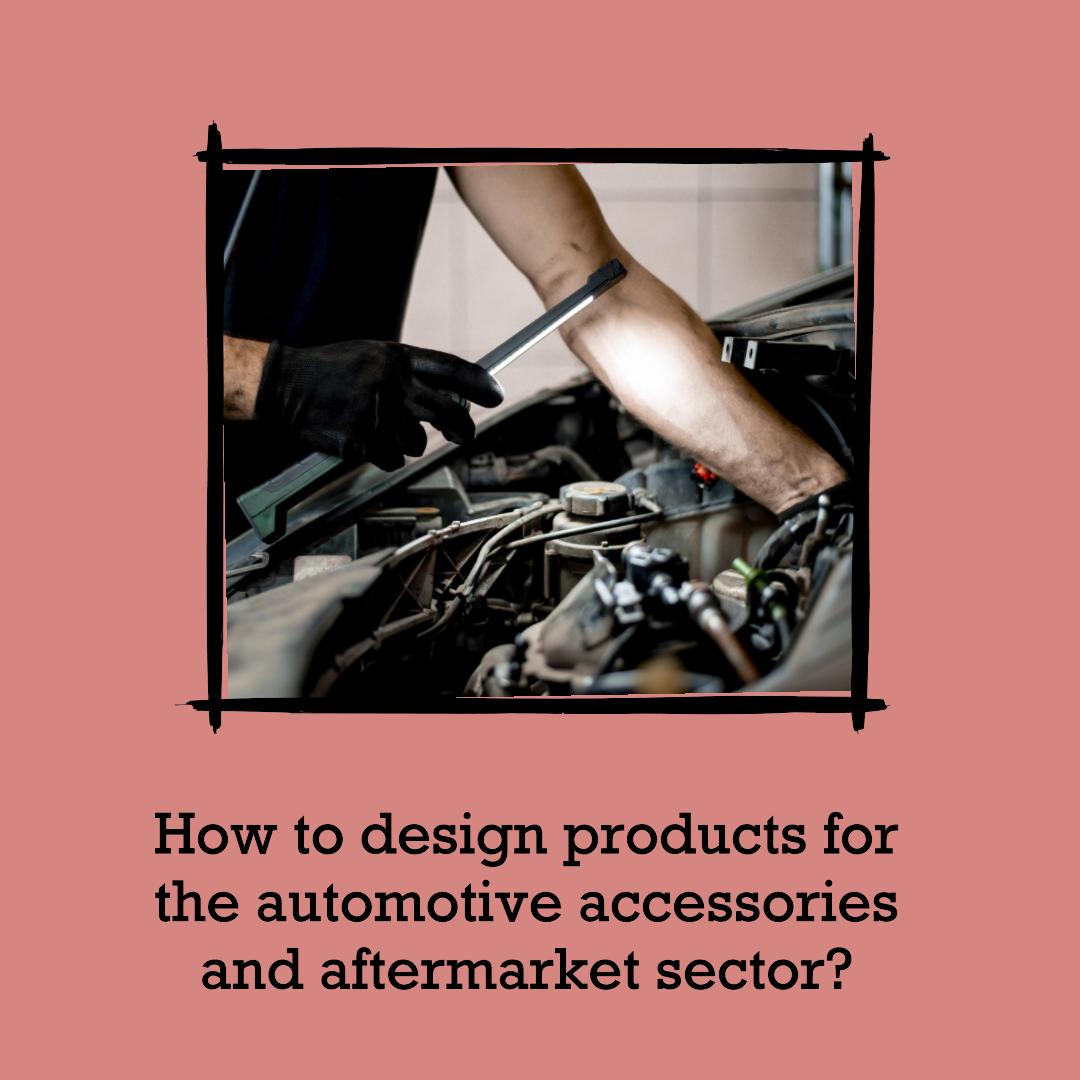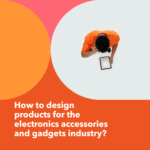How to design products for the automotive accessories and aftermarket sector?
Introduction
The automotive accessories and aftermarket sector is a large and growing market. In 2023, the global automotive aftermarket is expected to reach $560 billion. This growth is being driven by a number of factors, including the increasing popularity of car customization, the rising demand for performance parts, and the growing aging vehicle fleet.
Opens in a new windowwww.vecteezy.com
customized car with aftermarket accessories
To be successful in this market, designers need to be able to create products that are both functional and stylish, and that meet the needs of a wide range of consumers, from weekend warriors who are looking to improve the performance of their cars to luxury car owners who are looking to add a personal touch to their vehicles.
In this blog article, we will discuss the essential steps involved in designing products for the automotive accessories and aftermarket sector. We will also provide tips on how to market and sell your products once they are finished.
Step 1: Understand your target market
The first step in designing any product is to understand your target market. In the automotive accessories and aftermarket sector, your target customers may include:
- Weekend warriors
- Luxury car owners
- Off-road enthusiasts
- Performance enthusiasts
- Fleet managers
- Commercial vehicle owners
To understand your target market, you can conduct market research, interview car owners, and analyze customer feedback. You should also consider the following factors:
- What are the latest trends in automotive accessories and aftermarket products?
- What are the biggest challenges faced by car owners when accessorizing or customizing their vehicles?
- What are the unmet needs of car owners?
Step 2: Identify opportunities for innovation
Once you understand your target market, you can start to identify opportunities for innovation. The automotive accessories and aftermarket sector is constantly evolving, so there are always new opportunities to create new and better products.
When looking for opportunities to innovate, consider the following:
- Emerging technologies: Can you use new technologies to create products that are more functional, stylish, or affordable?
- Changing car ownership trends: How are the car ownership trends of consumers changing over time? Can you create products that meet these new needs?
- Unmet needs: What are the unmet needs of car owners? Can you create products that address these needs?
Step 3: Develop your product concept
Once you have identified an opportunity for innovation, you can start to develop your product concept. This involves defining the problem that your product solves, identifying the key features and benefits of your product, and developing a prototype.
When developing your product concept, it is important to keep car owners in mind. Make sure that your product solves a real problem for them and that it offers features and benefits that they value.
Step 4: Test and refine your product
Once you have a prototype of your product, it is important to test it thoroughly. This will help you to identify any areas where your product needs improvement.
You can test your product with a variety of people, including car owners, mechanics, and industry experts. Get their feedback on the design, functionality, and durability of your product.
Use the feedback you receive to refine your product design. Make sure that your product is easy to use, durable, and meets the needs of car owners.
Step 5: Launch your product
Once you are satisfied with your product design, you are ready to launch your product to the market. This involves developing a marketing and sales strategy, and getting your product into the hands of potential customers.
You can market your product through a variety of channels, including online and offline advertising, social media, and public relations. You can also sell your product through traditional retail stores or through your own online store.
Additional tips for designing products for the automotive accessories and aftermarket sector
- Focus on quality and durability: Automotive accessories and aftermarket products need to be able to withstand the rigors of everyday use. Make sure that your product is made from high-quality materials and that it is built to last.
- Make your products easy to install: Car owners should be able to install your products without having to take their cars to a mechanic. Make sure that your products come with clear instructions and that they are easy to follow.
- Offer a variety of styles and finishes: Car owners want to be able to express their personal style through their vehicles. Offer a variety of styles and finishes so that everyone can find a product that matches their taste.
- Provide excellent customer service: Car owners may have questions about your products or need help with installation. Make sure that you provide excellent customer service so that they can get the help they need.
tunesharemore_vert








